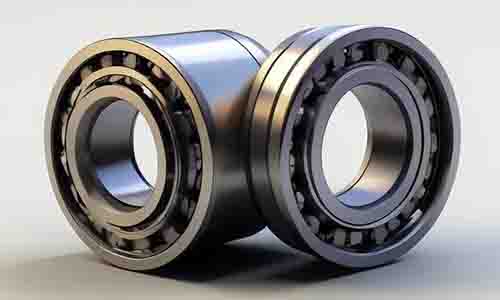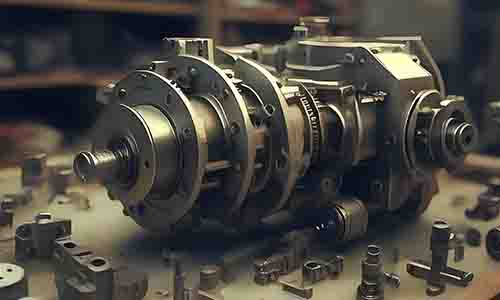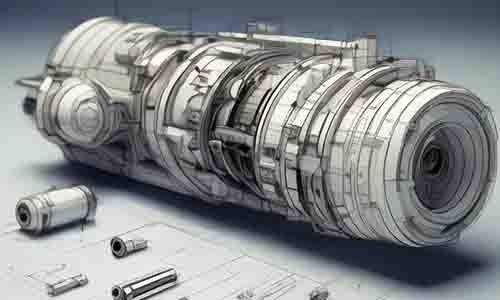A Comprehensive Guide to Mixing Truck Parts
News 2024-09-19
A Comprehensive Guide to Mixing Truck Parts
Mixing trucks, commonly referred to as concrete mixers or transit mixers, are vital to the construction industry. They transport and mix concrete on the job site, ensuring that it is delivered in a workable state. Understanding the essential parts of a mixing truck can help operators maintain their equipment and ensure optimal performance. This article will delve into the key components of mixing trucks and their functions.
1. Chassis
The chassis serves as the structural framework of the mixing truck. It is the base upon which all other components are built. Typically constructed from high-strength steel, the chassis is designed to support the weight of the mixer drum and the concrete being transported. A robust chassis is crucial for the durability and stability of the mixer during operation.
2. Mixer Drum
The mixer drum is the heart of the mixing truck. It is a cylindrical container mounted on a rotating axis. The drum is responsible for mixing the concrete ingredients—cement, sand, gravel, and water—into a homogeneous mixture. The interior of the drum is often designed with specific blades or fins to facilitate thorough mixing and prevent the concrete from sticking to the sides.
3. Drive Mechanism
The drive mechanism powers the rotation of the mixer drum. It typically consists of a hydraulic system or an auxiliary engine that connects to the truck’s main engine. This mechanism ensures that the drum can rotate continuously during transport, keeping the concrete in a fluid state and preventing it from hardening before reaching the job site.
4. Hopper
The hopper is an integral part of the mixing truck that holds the raw materials before they are mixed. It usually has a wide opening at the top for easy loading of aggregates and a narrow discharge outlet at the bottom. Some hoppers are equipped with gates that control the flow of material into the drum.
5. Water Tank
A water tank is often included in mixing trucks to provide the necessary moisture for the concrete mixture. The tank is generally mounted on the truck’s frame and is connected to a water supply system that allows operators to add water directly into the mixer drum as needed. This feature is essential for maintaining the desired consistency of the concrete.
6. Control Panel
The control panel is the operator’s interface for managing the mixing truck’s functions. It typically includes controls for drum rotation, water addition, and other operational settings. An intuitive control panel helps ensure efficient operation and safe handling of the mixer.
7. Discharge Chute
The discharge chute is the mechanism that allows for the controlled release of mixed concrete from the drum to the job site. It usually features an adjustable angle to guide the concrete to the desired location. Effective discharge chutes ensure minimal spillage and precise placement of concrete.
8. Hydraulic System
The hydraulic system is responsible for powering various functions of the mixing truck, including the rotation of the drum and the operation of the discharge chute. It consists of hydraulic pumps, hoses, and cylinders that work together to provide the necessary force for these operations. Regular maintenance of the hydraulic system is crucial to prevent leaks and ensure smooth functioning.
9. Axles and Tires
The axles support the weight of the mixing truck and its load while allowing for mobility. The tires, designed for heavy-duty use, provide traction and stability on various terrains. Ensuring proper tire maintenance and checking axle alignment can significantly impact the truck’s performance and safety.
Conclusion
Understanding the parts of a mixing truck is essential for operators, maintenance personnel, and anyone involved in the concrete construction industry. Each component plays a crucial role in the efficient and effective


